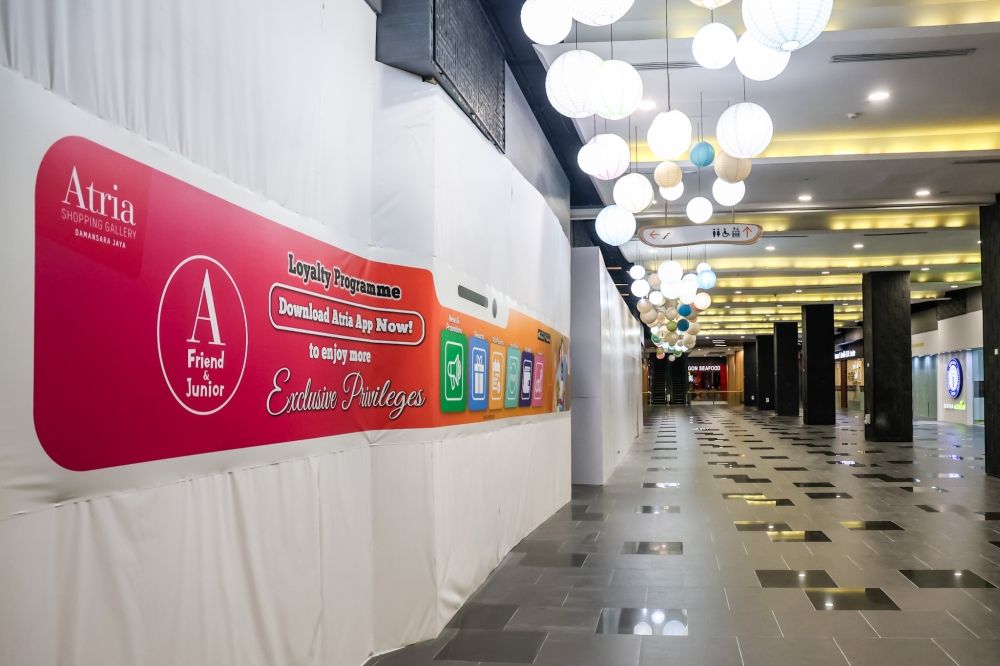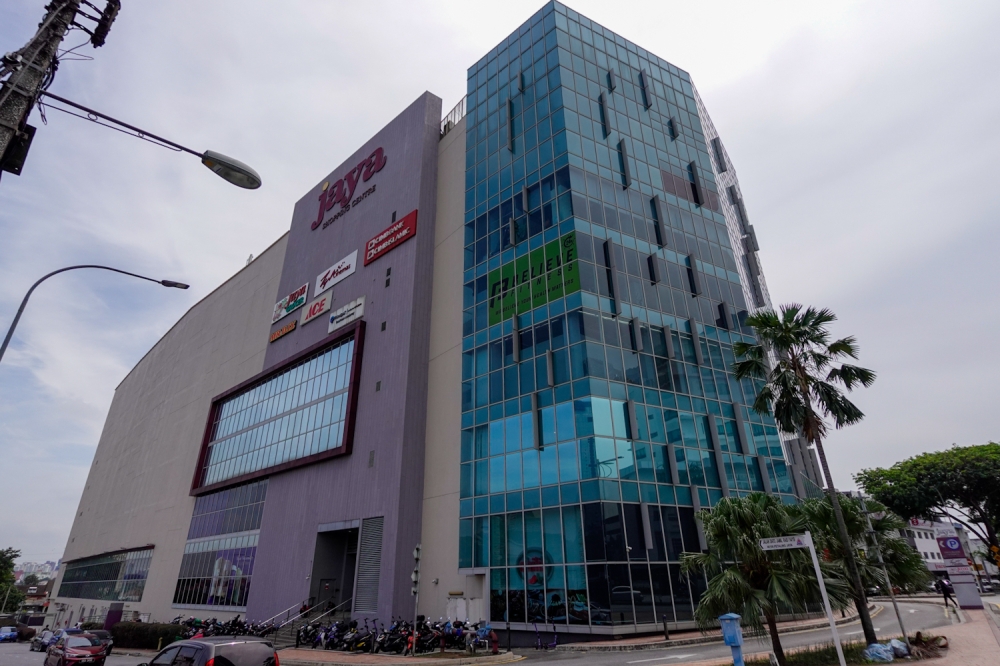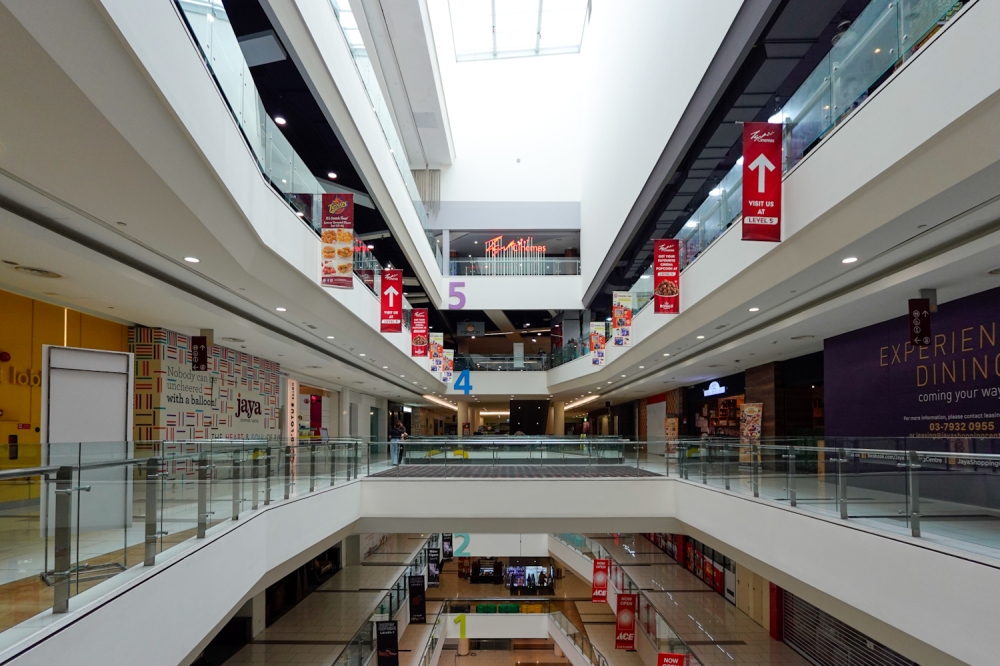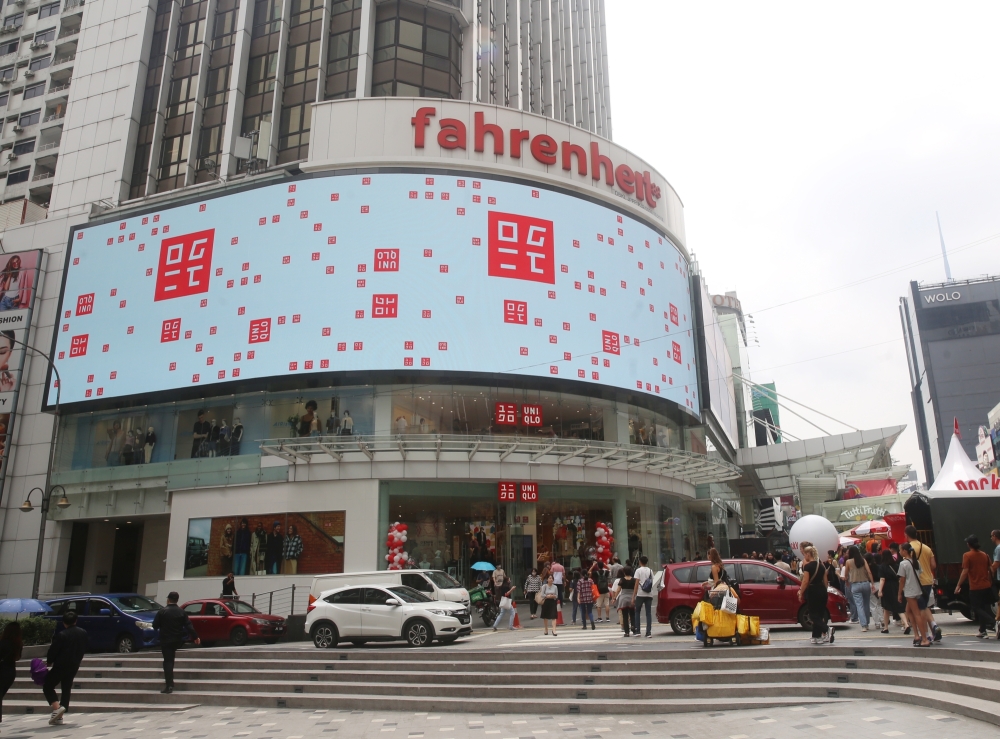KUALA LUMPUR, Oct 4 — It is lunchtime on a weekday at this shopping mall in Petaling Jaya, when crowds of office workers should be arriving to fill the air with chatter as they form lines to enter the restaurants within. Instead, the flow of visitors is sporadic.
While parking lots at popular malls would typically be bursting at this time, empty spaces remained here as diners appeared to be headed to the restaurants outside the mall rather than within.
Inside, some patrons wandered the spacious corridors, seemingly window shopping. Others sat alone at quiet cafes with their drinks, before leaving as quickly as they arrived. Shoppers that were seen at the mall mostly moved with purpose, heading directly to their intended stores, and not tarrying longer than needed.
This was at Atria Shopping Gallery in Petaling Jaya, but the scene is not unique to it; It is one often replicated in other malls that have undergone significant revamps and renovations to provide a more modern and dynamic appeal, but which are now facing fierce competition from newer rivals designed from the group up to tap current consumer preferences for retail shopping.
First opened in the 1980s, The Atria was acquired by OSK Property Holdings Bhd in 2007 that redeveloped and reopened it in 2015, in the hopes of staving off the competition of the nearby 1 Utama.
While the redevelopment was able to capture The Atria’s appeal as a neighbourhood mall for a time, the retail shopping landscape has shifted significantly in the years since its relaunch.

Competition new guard
Now, Atria finds itself sandwiched between The Starling Mall, a new shopping mall barely a kilometre away, and the even newer Megah Rise Mall, also within spitting distance.
All this while contending with the gravity of 1 Utama, which has also grown into one of the largest malls in Malaysia.
The effects of the competition are clear to see. On the upper floors of the Atria, posters announcing that news stores were “Coming Soon” or “Opening Soon” outside shuttered have become faded with age, indicative of the level of demand for retail lots in the mall.
Just a short drive away was The Starling Mall. Opened in late 2016, its retail mix reflected the changing preferences of shoppers amid the increasing homogeneity of shopping malls, with a heavy emphasis on food-and-beverage outlets as a differentiator.
The priority appeared effective. During a visit around the same time as to the Atria, foot traffic was observably greater, with more patrons in the restaurants and food court as well as the individual stores. This juxtaposition between the two demonstrated the ground that older malls must make up to compete with the new generation of rivals.

Not a unique dilemma
About four kilometres away is Jaya Shopping Centre, one of Petaling Jaya’s oldest malls. Reopened in 2014 after being demolished and fully rebuilt, Jaya was once the go-to destination for shoppers in the area.
Now, it finds itself in the company of the similarly revamped Digital Mall and Plaza 33, each trying to find its unique identity in Malaysia’s sea of new shopping malls.
A visit to the mall found many lots unoccupied, particularly on the higher floors. Stores that were open — mainly restaurants and cafés — were also not heavily patronised.

The fate of these malls also indicated the risks involved in redeveloping shopping centres that are already in decline. The cost of redeveloping Jaya Shopping Centre was reported to be upwards of RM400 million, and was never able to recapture the success of its heydays in terms of occupancy.
Such risks are also not limited to small neighbourhood malls, with even former giants no less susceptible. At its introduction in 1988, Subang Parade in Subang Jaya had held the record of being the longest mall in Southeast Asia, making it a tourist destination at the time.
After its popularity continued to decline in the face of new megamalls, its owners undertook a refurbishment in 2016. Despite this, however, it was not able to reverse the attrition from competitors, particularly the Empire Shopping Gallery within walking distance.

Difficult, but not impossible
In Kuala Lumpur, Fahrenheit88 stands out as a mall that has successfully navigated the challenges of the retail environment. Formerly known as KL Plaza, Fahrenheit88 reopened in August 2010 after extensive renovations. Connected via an underground passage to Pavilion, Pavilion Elite, and Starhill Gallery, Fahrenheit88 enjoys a constant flow of foot traffic.
Now under the ownership of the Pavilion Group, it was completely redesigned to fit with the style of the premier malls in the vicinity.
The reinvention not only allowed the mall to recapture its former success, but also surpass it with a heavy focus on F&B.




















